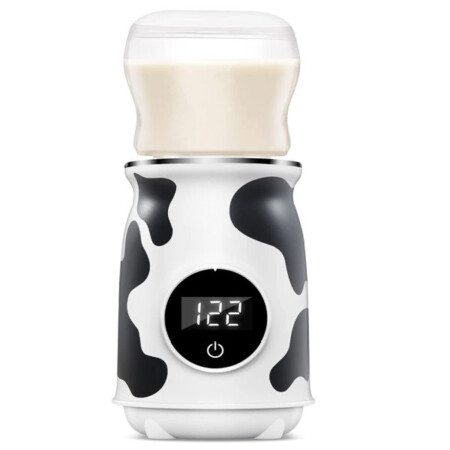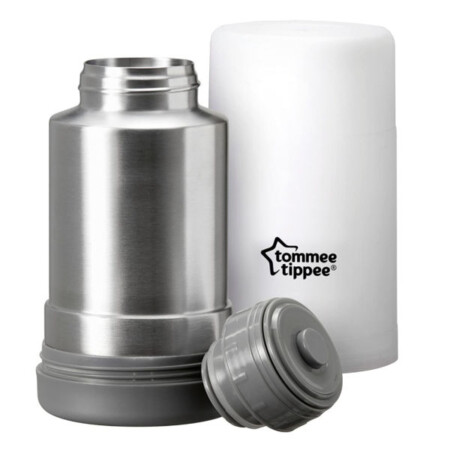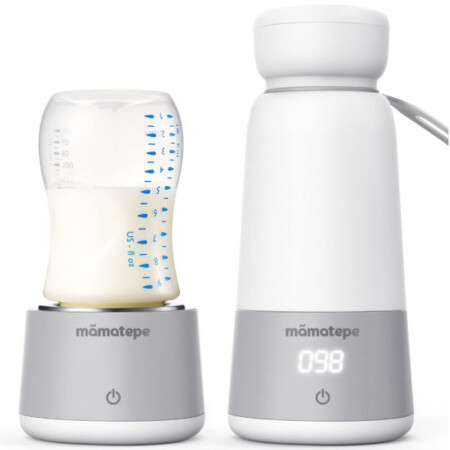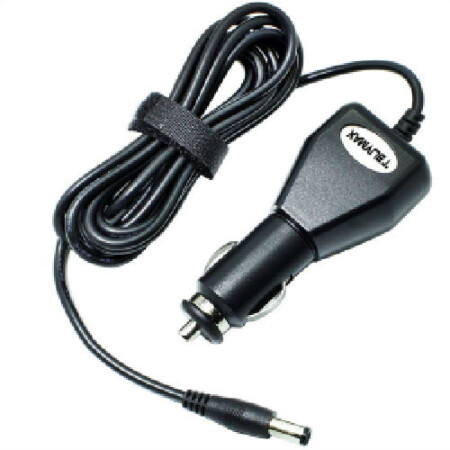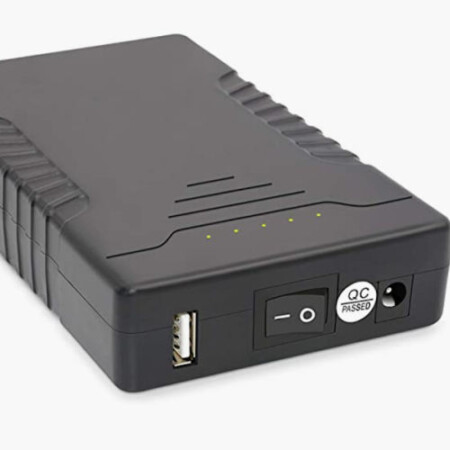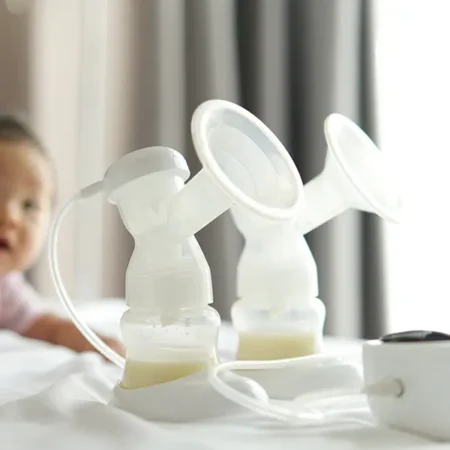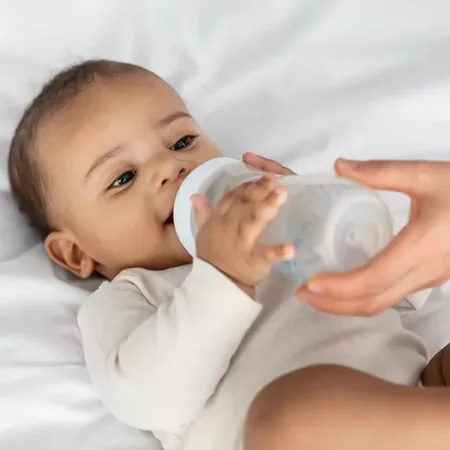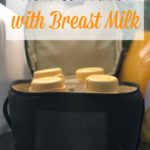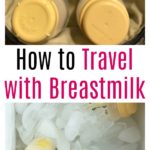If you’re taking a trip while exclusively pumping, you’re going to be traveling with breast milk! Below I’ve laid out everything you need to think about when traveling with breast milk, whether you’re driving or flying to your destination, and whether you’re traveling with frozen breast milk or fresh.

This post may contain affiliate links, which means if you click a link and purchase something, I may make a small commission at no additional cost to you. I only recommend products I love! More information here.
Traveling with breast milk by car
If you’re exclusively pumping, most of what you feed your baby will be the milk you pump on the trip, but it’s not a bad idea to bring a little extra milk as well, in case of a spill or other mishap. Here’s how to pack breast milk for a road trip.
How to pack and transport fresh breast milk
If you just want to bring a few extra bottles, you can pack it in a small breast milk cooler for travel.
Breast Milk Coolers
Most breast milk coolers come with an ice pack. Make sure the ice pack is frozen solid when you leave, and make your milk the last thing you pack and the first thing you unpack.
If you need to bring a larger amount of milk, you can pack the breast milk in a larger cooler for the trip with ice or ice packs. If you’d like, you can monitor the temperature of your cooler using a thermometer like this one (it tells you whether the cooler is in the “refrigerator zone” or the “freezer zone”).
Fresh breast milk can be stored in a cooler up to 24 hours – more info here on that here.
How to travel with frozen breast milk
If you are traveling with frozen breast milk, you will also want to pack it in a cooler. Depending on the length of the trip, you may or may not want to use dry ice.
Without dry ice
A few tips for packing your frozen milk in a cooler without dry ice:
- Make sure the cooler is as full as possible. If you don’t have enough milk to fill the cooler and don’t want to use a ton of ice, consider freezing water in plastic zip-top bags and using that to ensure it’s full.
- Keep the freezer closed and refrain from opening it until you get to your destination. Opening it will increase the temperature.
- Consider pre-chilling the cooler in the freezer. (Obviously, this won’t be possible if it’s a big cooler – this is just an option for smaller, soft coolers.)
With dry ice
As mentioned above, dry ice is an option for longer trips – here is an overview of how to pack a cooler with dry ice for trips.
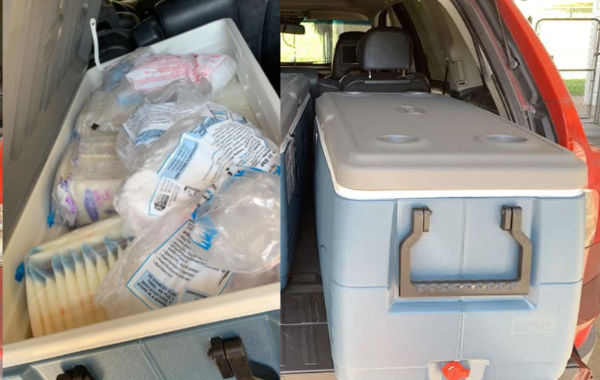
Above is what this might look like – Iyana from our Facebook Group packed 4,000 ounces of milk in 150 quart coolers in dry ice for a 14 hour drive; it arrived frozen solid.
Hopefully, you won’t have any issues with your frozen milk thawing en route. However, if does fully thaw (meaning no ice crystals are present), it will need to be used with 24 hours or discarded.
Frozen milk that still has ice crystals is not considered “thawed.”

Traveling with breast milk by plane
Here’s what to consider when you’re flying with your milk.
Packing fresh breast milk to carry on
The best way to pack breast milk for carry on is in a breast milk cooler. If you have a lot of breast milk, some coolers will hold up to six 8 oz bottles; and if you fill these bottles to the top, you can fit about 60 oz of milk.
For passengers flying in the U.S., while there is no defined limit to how much breast milk you can carry on, the TSA website references a “reasonable amount.”
If you’re traveling with a great deal of breast milk and are nervous about going through security, you could consider utilizing TSA Cares.
During the screening process, be sure to take your milk out when you take out your other liquids, laptop, etc., and make sure you tell the screener that you’re traveling with breast milk and that you have a pump. They will likely examine the milk by x-ray.
If you need ice to keep your milk cool (if it’s a long flight or you experience delays), you may be able to get ice from the flight attendant or a restaurant inside the terminal.
Checking frozen milk
Checking your frozen milk is another option if you have a lot of frozen milk.
Again, follow the same guidelines I mentioned above for packing frozen breast milk: pack the cooler full; don’t open it until you get home and are able to put it away (resist the urge to check on it!); and pre-chill the cooler itself it if possible.
Becca from our Facebook group checked 276oz of breast milk and checked it in a Yeti cooler on a flight from Israel to the United States. It arrived frozen solid.
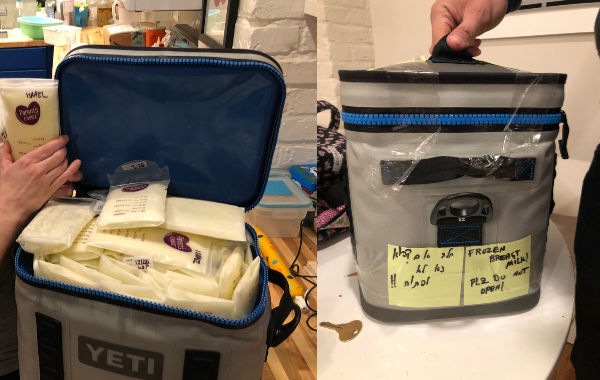
Shipping frozen milk ahead to your destination
This is a great tutorial on how to ship breast milk with dry ice.
If you don’t want to deal with packing it yourself, Milk Stork may be able to ship it for you.
Feeding your baby on the trip
In most cases, it will be easiest to keep your most recently pumped breast milk out at room temperature, and then feed that to your baby.
Fresh milk can safely be kept out at room temperature for about 4 hours; this way, you don’t need to worry about warming breast milk for baby while traveling.
If you do want to use milk from your cooler and your baby prefers warm milk, you have a few options for warming it:
- You can ask the flight attendant (or if you’re in the terminal, in a restaurant) for hot water in a cup and put the bottle in it for a few minutes to warm. Just make sure that when you go to put the bottle in, there’s enough room so the water doesn’t overflow onto your hand.
- You can use a portable bottle warmer.
- Bring a thermos of hot water with you and warm your bottle in that.
Portable Bottle Warmers
More on warming bottles on the go here.
Pumping on the trip
A few things to think about when it comes to pumping on your trip:
If your pump doesn’t have a rechargeable battery, you will need either a car adapter or battery pack for your pump. Make sure you get one that has the correct voltage for your pump – more on breast pump battery packs here.
Breast Pump Battery Packs
If you’ll need to pump more than once, you’ll need to think about cleaning your pump parts. You have a few options:
- You can pack enough sets of clean pump parts and bottles to get you through your trip/one day of travel. Pack each set – flanges, valves, connectors, bottles, and caps – in a gallon-sized zip-top bag so you can just pull it out when you’re ready to pump.
- Washing pump parts safely on the road is difficult, because public restrooms are usually the only option. If you do have access to a clean space, you could consider washing them en route. Make sure to bring a collapsible wash basin, dish soap, bottle brush, and clean towels to put your pump parts on after you wash them.
- If neither of these will work, you can consider using Medela Quick-Clean wipes.
If you are flying with your baby, here is a primer that I wrote up on the logistics of how to manage this.
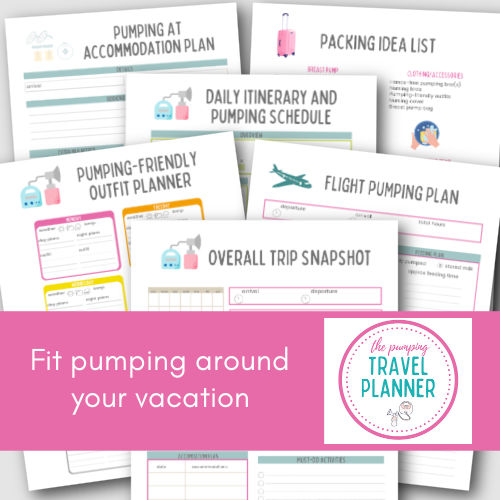
Planning to travel? Make your trip so much easier – grab the Pumping Travel Planner for $9!
Managing your milk at your destination
Pumping at a location where you don’t normally pump, without the comforts of your pumping station and setup for storing milk and washing pump parts is one of the more stressful things about figuring out how to travel with breast milk.
Here is what you need to think about, whether you’re staying at a hotel or in a home.
Storing your milk
Before you leave, you’ll want to ensure that there is a fridge that you can use at your destination.
Storing milk in a hotel
If you’re staying in a hotel, call and ask ahead of time if a mini-fridge can be provided for your room. Tell them that you need it to store breast milk – it may be provided at no charge as breast milk is sometimes considered a “medical liquid.”
If you end up using the minibar fridge in the hotel, you may want to check the temperature of the fridge, as they are often kept warmer than normal.
If you need a freezer, you could call ahead and ask if there is a hotel freezer you would be able to use during your stay. Make sure to seal your breast milk into a single container and label it.
Storing milk as a guest
If you’re staying as a guest in someone’s home, it might be a good idea to ask ahead of time to make sure there’s some space in their fridge or freezer that you can use.
Dealing with washing everything
In addition to fridge space, you’ll also need room to wash your pumping gear and bottles.
Ideally, there would be a kitchen counter and sink where you could do that, but in a hotel the bathroom will work. You’ll want to have a collapsible wash basin, dish soap, bottle brush and clean towels to put your pump parts on to dry.
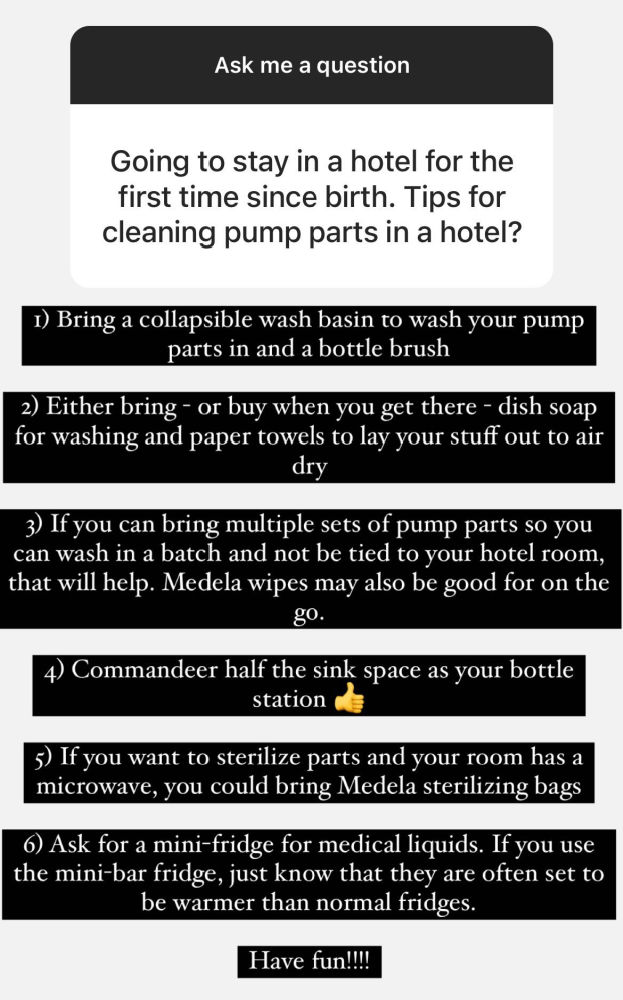
Packing for the trip home
Finally, for the trip home, if you’re using an ice pack for the trip, you will want to be able to freeze it solid before you leave, both to keep your milk cold and to avoid extra inspection from the TSA if you’re flying.
Alternatively, you could ask for ice at a restaurant (obviously, after you go through security if you’re flying).

Planning to travel? Make your trip so much easier – grab the Pumping Travel Planner for $9!
What other tricks do you use when you travel with breast milk? Feel free to add ideas below in the comments.
References
- Kellymom. “Human Milk Storage.” https://kellymom.com/store/freehandouts/milkstorage01.pdf
- Transportation Security Administration. “Traveling with Children.” https://www.tsa.gov/travel/special-procedures/traveling-children#quickset-traveling_with_children_1
- Only the Breast. “How to Ship Breast Milk.” https://www.onlythebreast.com/buy-sell-donate-breast-milk/bags-and-bottles/




